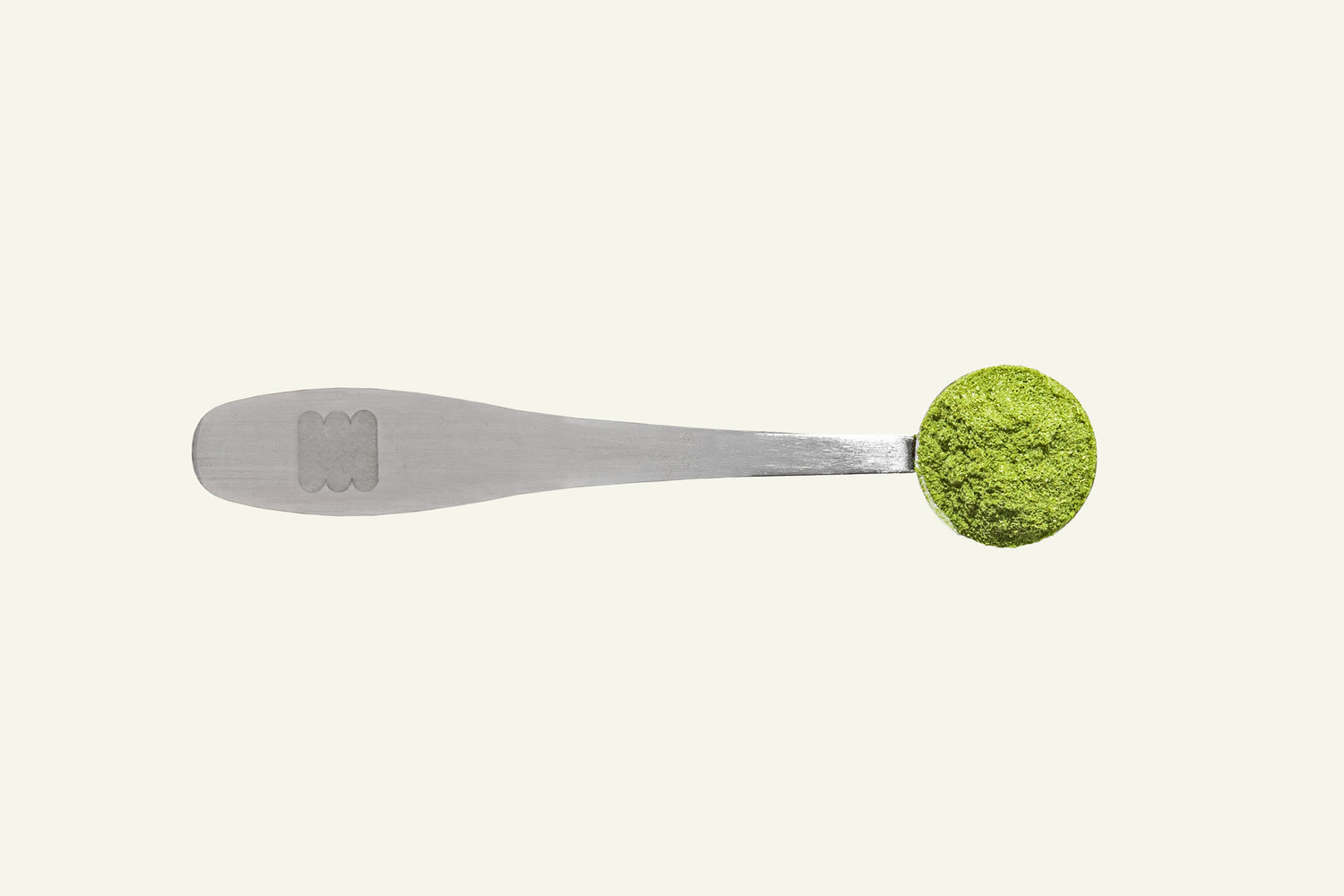Freeze-Dried vs. Fresh: What’s Better?

30% OFF SITEWIDE WITH CODE: STARTSMALL30
Shop Now
Sure, while this may be true for some shelf-stable alternatives, freeze-dried vegetables hold up nutritionally when compared to their fresh counterparts—and in many ways, may actually be better.
To understand the nutritional value of your vegetables, you should know that there’s actually no exact, definitive nutritional content for any fresh produce. Factors like varietal, location, time of year, and climatic conditions can produce slightly different nutritional profiles for the same type of vegetable. And because of these variables, any nutritional facts you see on a label are based on estimates and averages.
Here’s what we do know, though: nutrient profiles of fresh fruits and vegetables begin to degrade the moment they’re picked—and continue degrading the longer they sit in your fridge. In fact, one study1 showed that spinach lost roughly 50% of its folate after eight days of refrigeration. Not to mention, produce from the grocery store can range from weeks to months old, some even spending upwards of a year in cold storage before you see them on the shelf.
Think of freeze-drying as a way to press pause on your greens’ nutritional value and flavor. With roughly 90% of nutrients retained, freeze-drying ensures premium food quality while maintaining integrity of flavor. Not only does freeze-drying help greens retain their peak nutritional value, it also does so without incorporating any additives, flavor enhancers, or chemicals.
Freeze-drying was invented by Jacques-Arsene d’Arsonval at the College de France in Paris in 1906. While his basic elements of freeze-drying have been around for over 100 years, it was during World War II that the process was nearly perfected in order to supply large quantities of blood plasma and penicillin to US armed forces. By the 1950s, the industrial freeze-drying of everyday foods had become mainstream. Now, these century-old freeze-drying techniques are used to preserve foods, pharmaceuticals, florals, taxidermy, and a wide variety of other goods.
We know that freeze-drying can feel like a mysterious scientific process. And while it does require precision and science-backed methods, it’s worth understanding why your greens are able to maintain its nutritional integrity.
Firstly, let’s distinguish regular freezing (you know, throwing a bag of peas in the freezer) vs. freeze-drying. The moisture content in regular frozen food forms large crystals that cause your produce to be mushy when defrosted.
Freeze-drying, however, freezes and vaporizes these ice crystals before they return to their original liquid state—resulting in food with zero moisture content and zero risk of spoilage.

Step one is to very quickly freeze the veggie at hand at up to -40 degrees Fahrenheit to prevent the formation of any large water crystals that cause loss of flavor and texture.
Up next, they get locked in a vacuum to vaporize ice crystals without turning into liquid. This vapor is then sucked into a condensation unit that turns it into ice— the technical term for this is “sublimation drying.”
Lastly, the vacuum gets brought back up to room temperature (while melting the ice from the previous step). This removes any water content that’s hanging around to guarantee completely freeze-dried food.
Compared to other popular food preservation methods, freeze-drying is by far the most nutritious. While freeze-dried food retains nearly 100% of its nutrition value, dehydrated contains roughly 60%, and canned a slim 40%.

Not only do other methods of food preservation lack complete nutrition profiles, they’re also not nearly as shelf-stable as you’d think. While freeze-dried foods last up to 25 years— dehydrating lasts up to four years, followed by canned food at 3 years, and frozen food at 2 years. If shelf-stable convenience is what you’re looking for, you can’t go wrong with freeze-dried.

Daily Elements microgreens are grown in a fully-controlled, indoor farm without the use of pesticides (ever), so we can guarantee that your green powder retains superior quality and nutrition...from planting, to harvesting, to freeze-drying.
The final product? A completely shelf stable microgreens powder that’s nutrient-dense, flavorful, and convenient for your everyday life. 1/4 tsp of Daily Elements is equivalent to 6.7 cups of regular leafy greens.
See how much easier life gets when you don’t have to worry about a refrigerator of veggies slowly going bad (we’ve all got tossed that week-old bag of wilted spinach).